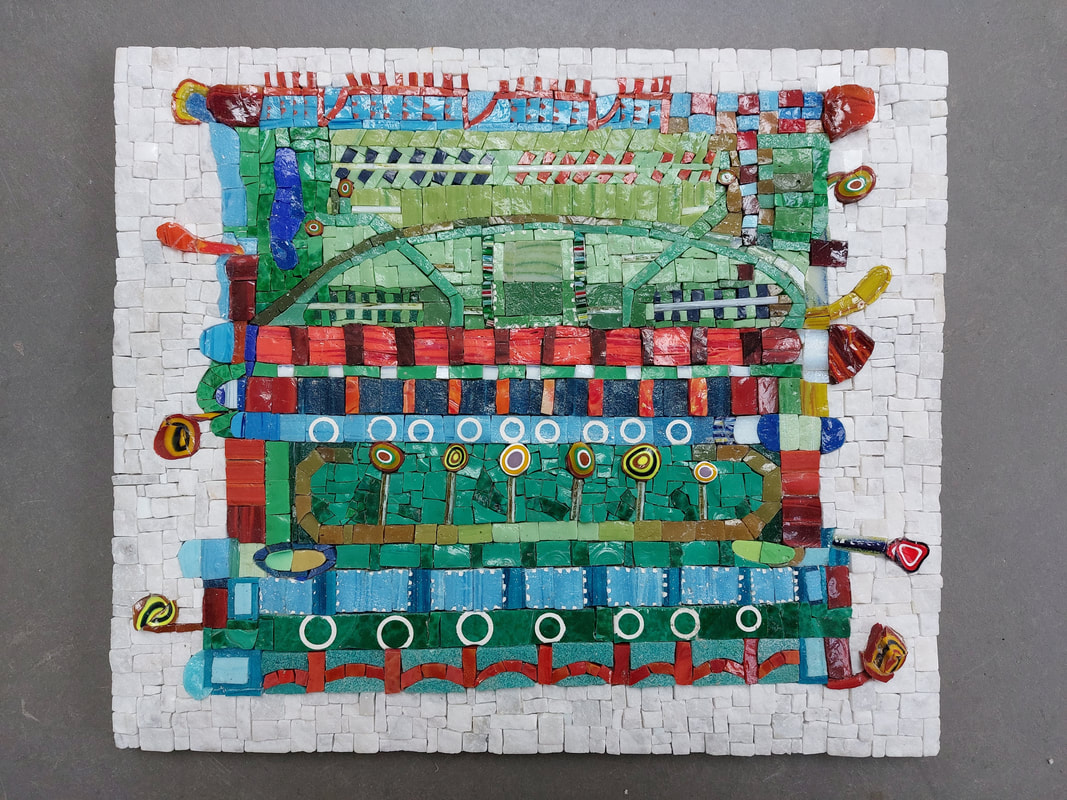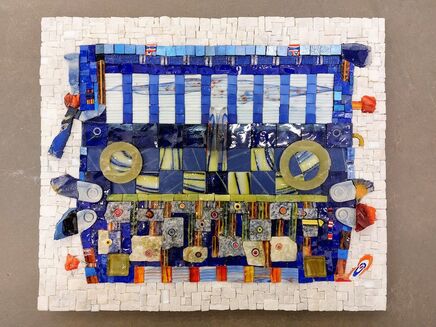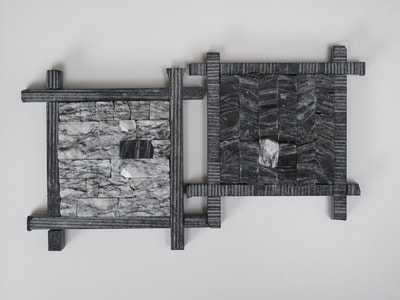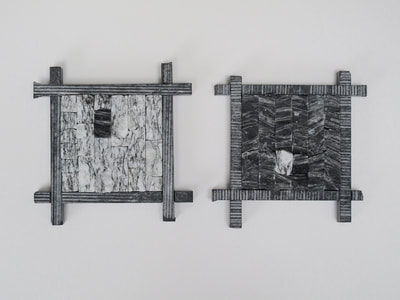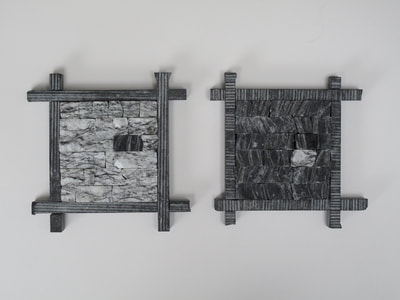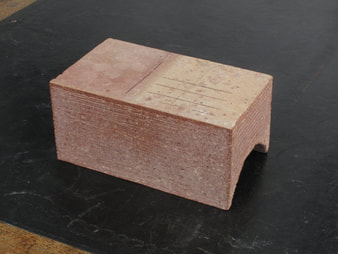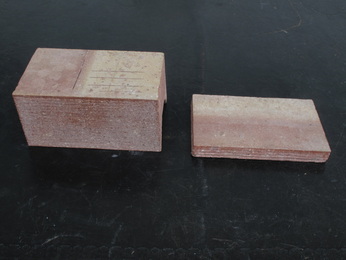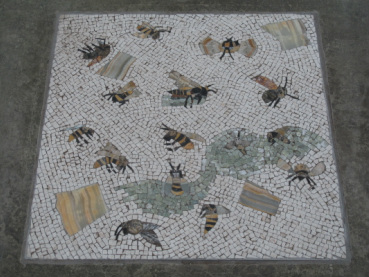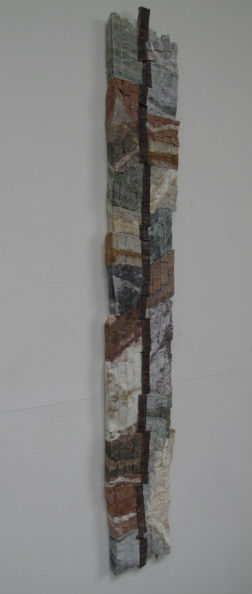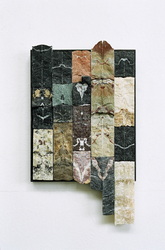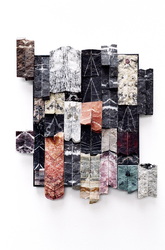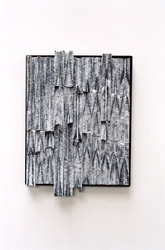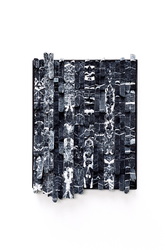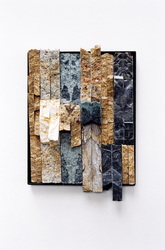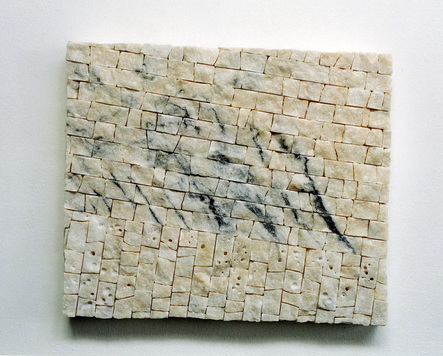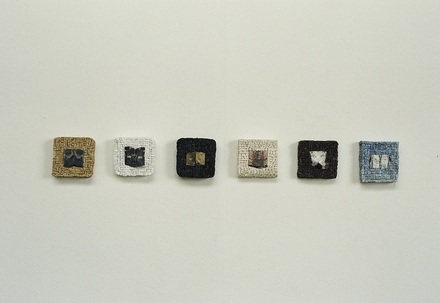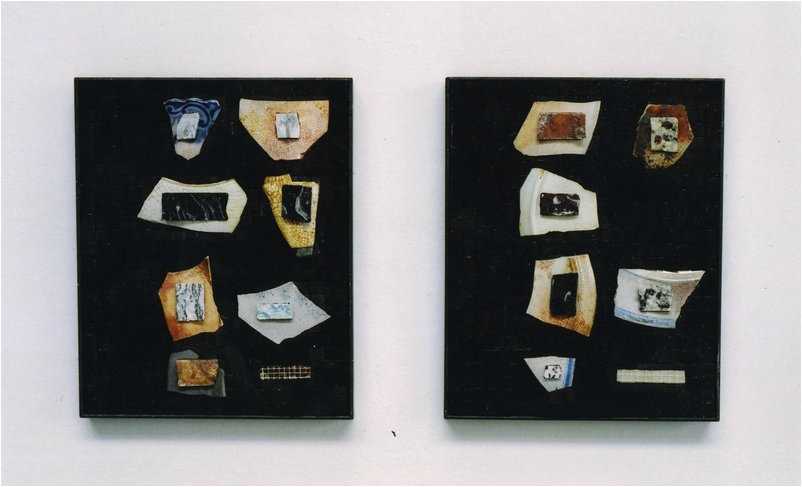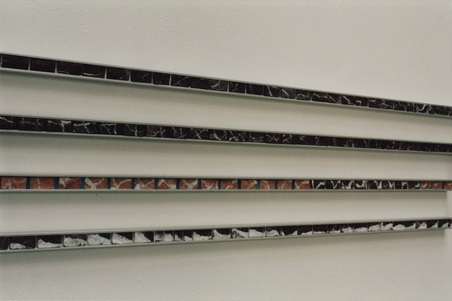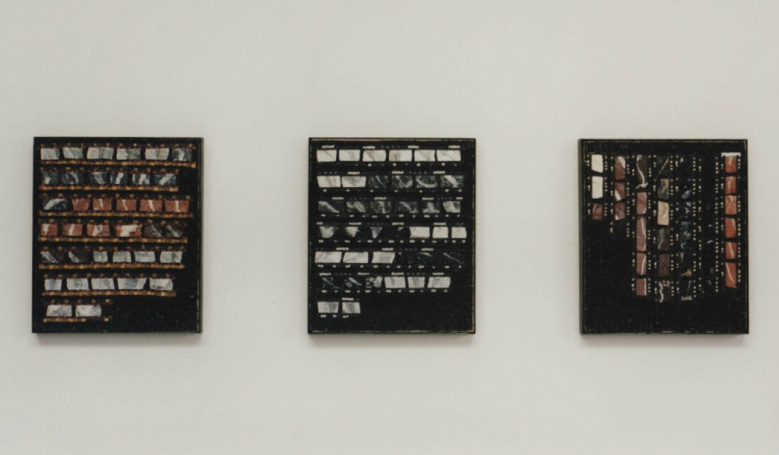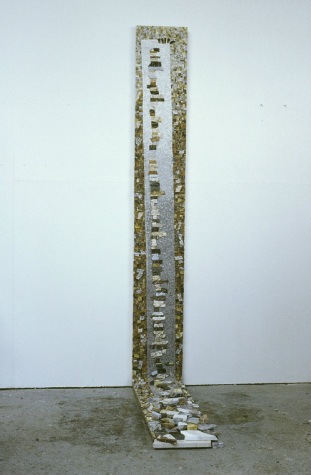Still Moving - Moving Still
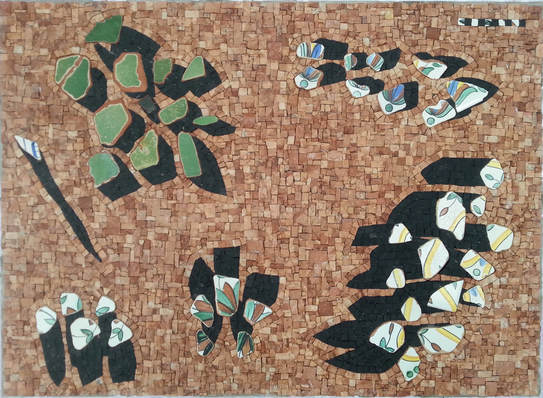
Over time
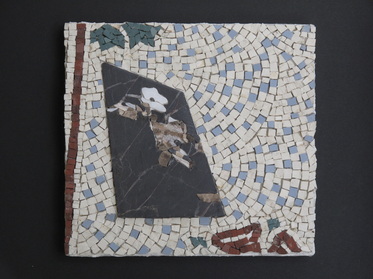
‘POSTCARDS FROM RUHLEBEN (RHS TO RHS)
The Ruhleben Internment Camp was a Civilian Detention Camp in Germany during WW1. It was originally a harness racing track a few miles outside of Berlin. The conditions which the internees were made to live in were very hard and were improved thanks to their own skills and resourcefulness. They made this camp as much as possible a home for themselves. This included among many things (such as lectures, workshops, music, theatre, sports…) the RUHLEBEN HORTICULTURAL SOCIETY. It began with the creation of small ornamental gardens at first (one purpose was hiding the barbed wire), and resulted in the camp being almost self sufficient with fruit and vegetables. The Ruhleben Horticultural Society asked and became affiliated to the Royal Horticultural Society in Vincent Square, London.
Many photographs of the camp and the horticulture were taken, postcards were made and sold to the internees who then sent them back home and to the Royal Horticultural Society.
The use of bricks in this work alludes to the Community of British male citizens’ attempts at making the Ruhleben Internment Camp in Germany as much of a home as possible during WW1. London bricks have been cut to the exact size of the postcards sent, and textured to suggest a pile of postcards to be written. The mosaic piece refers to the Royal Horticultural Society’s mosaic floor entrance with one of the Ruhleben postcards (ref. to archive) falling from the postbox.
The Ruhleben Internment Camp was a Civilian Detention Camp in Germany during WW1. It was originally a harness racing track a few miles outside of Berlin. The conditions which the internees were made to live in were very hard and were improved thanks to their own skills and resourcefulness. They made this camp as much as possible a home for themselves. This included among many things (such as lectures, workshops, music, theatre, sports…) the RUHLEBEN HORTICULTURAL SOCIETY. It began with the creation of small ornamental gardens at first (one purpose was hiding the barbed wire), and resulted in the camp being almost self sufficient with fruit and vegetables. The Ruhleben Horticultural Society asked and became affiliated to the Royal Horticultural Society in Vincent Square, London.
Many photographs of the camp and the horticulture were taken, postcards were made and sold to the internees who then sent them back home and to the Royal Horticultural Society.
The use of bricks in this work alludes to the Community of British male citizens’ attempts at making the Ruhleben Internment Camp in Germany as much of a home as possible during WW1. London bricks have been cut to the exact size of the postcards sent, and textured to suggest a pile of postcards to be written. The mosaic piece refers to the Royal Horticultural Society’s mosaic floor entrance with one of the Ruhleben postcards (ref. to archive) falling from the postbox.
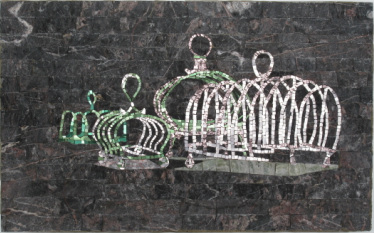
This Matter of the Silver 2011
Associations with photography, which I have explored in earlier works (deliberately referring to various photographic formats), take a new direction with regards to materials with the inclusion of ‘Silver’ tesserae in in this piece (referring to photography’s use of silver). The image is drawn from a dissociated family of ‘toast racks’ I discovered in my mother’s possessions after she died. Clearly unused for years, they had lost their designed role in the context of tamed social behaviour. With possible allusions to architecture and to the body they needed a new context and the rough and wild textured life of stone seemed appropriate for their (and my) uncertain meanderings. Silver as a luxury material has inhibited my inclusion of it in the past, so this piece of work has also involved reflecting on its use. Having associated the use of ‘the Silver’ with ‘Best Behaviour’ was reinforced when it was pointed out to me that in Terry Prachett’s book “Lords and Ladies”, a witch gets the blacksmith to shoe a wild Unicorn with silver hooves and nails made from a melted down silver tea set, in order to tame it, after which the Unicorn walks ‘politely….’
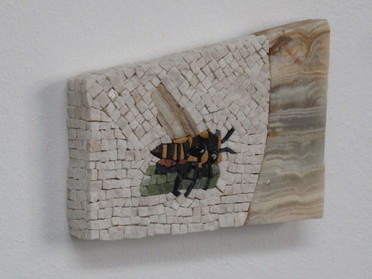
Leaf Cutting Bee 2011
Anarchic Symmetry (series 1 to 5)
Mosaics in more recent times has often been confined to the frame, a symptom of its historical shadowing of painting. This series of works imbues the medium with the will to begin to walk out of this confine. The familiar passivity and beauty of symmetry takes action towards stepping out, gently referring to marching legs.
